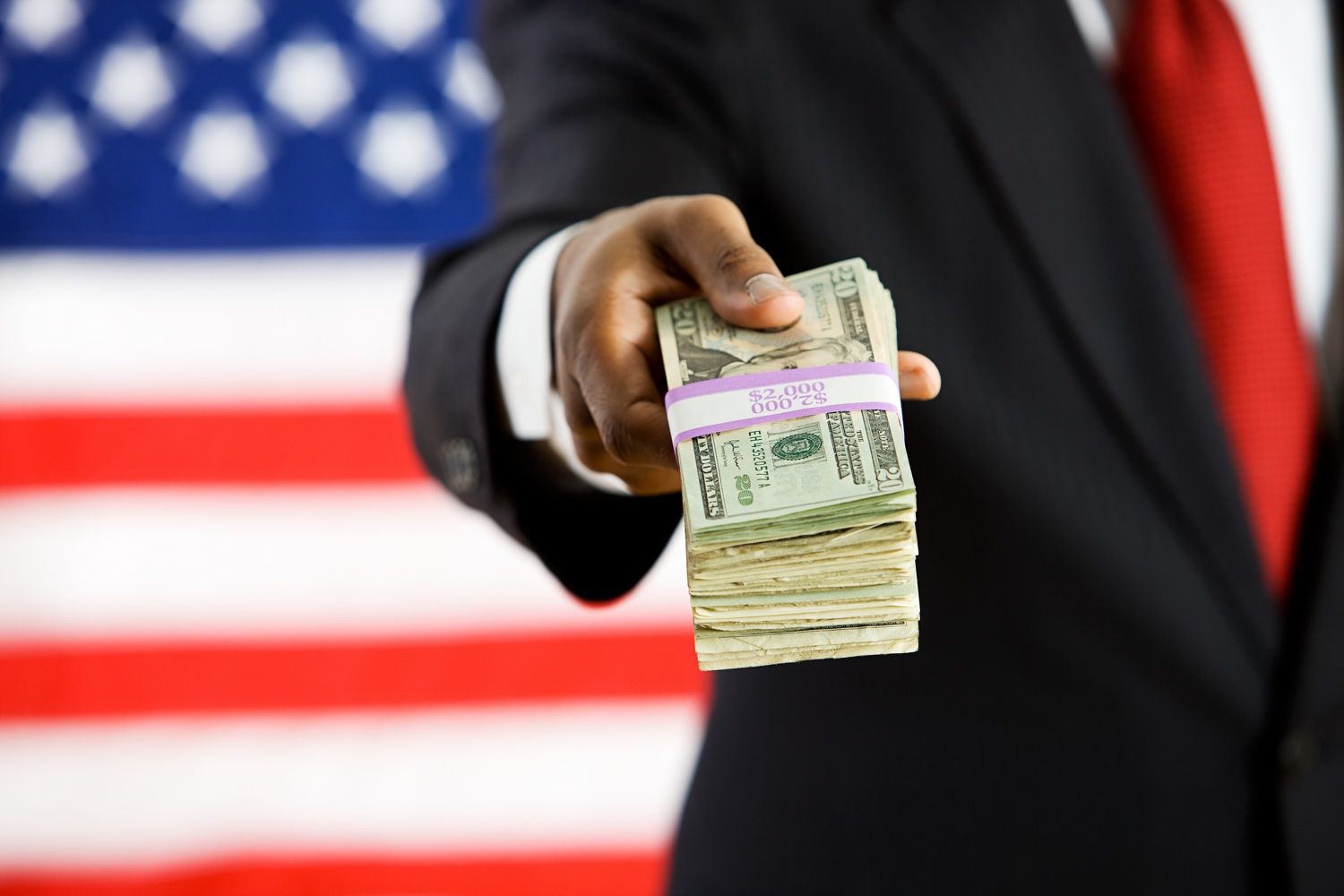Uncategorized
FTX Payout, Trump-Musk Interview, FOMC Minutes May Roil Crypto Markets This Week

As bitcoin (BTC) continues to frustrate traders with lackluster price action below $100,000, here are key events this week that could reignite market activity.
FTX payout
FTX, formerly the world’s third-largest digital assets exchange, is set to begin its first round of creditor payouts after going bust in late 2022. First up are Convenience class creditors, those claiming no more than $50,000, who will receive full repayment and a 9% annual post-petition interest.
While optimism is high that the recipients will rotate this money into the market, lifting valuations across the board, not everyone agrees.
«FTX will distribute approximately $1.2 billion to Convenience Class creditors,» Markus Thielen, founder of 10x Research, said in a note to clients Monday. That amount is «too small to move the needle.»
Thielen said only $7 billion from the remaining $10.5 billion allocated to bigger creditors could be available for potential crypto investment and further, only 50% of the $7 billion could return to the market. Thielen explained that that could result in a net inflow of over $3 billion, which is just one month of net inflows into the bitcoin market.
Mena Theodorou, co-founder at crypto exchange Coinstash, expects small creditors to put some money into Solana.
«FTX’s historic investments in SOL and the Solana ecosystem make it likely that some of these funds will flow back into the network especially since SOL has been a standout performer, rising over 500% in the past year, with strong on-chain activity and developer growth continuing to fuel demand,» Thoedorou said in an email, adding SOL could potentially outperform the broader market.
Trump-Musk call
U.S. President Donald Trump and billionaire investor Elon Musk will sit down with Fox News host Sean Hannity, the network announced Friday. The discussion will likely be focused on issues including politics, tariffs, immigration and potentially digital assets, all of which could breed market volatility.
«Trump is set to speak in an exclusive interview with Elon Musk on Fox News on February 19 – just one day before the FOMC meeting on February 20,» Coinstash’s Theodorou said. «Given Trump’s increasing alignment with crypto and Musk’s close ties with the space, this interview could drive market volatility, particularly if they touch on policy, regulation, or institutional adoption.»
Recently, the Trump administration said it would assess the feasibility of a strategic BTC reserve, disappointing the bulls anticipating swift action on the pre-poll promise.
FOMC minutes
Wednesday will bring the minutes of the Federal Reserve’s January meeting when the central bank held interest rates steady. The bank said it was not in a hurry to cut rates and would want to see more progress on inflation.
The minutes are likely to repeat that message, especially as CPI and PPI for the month came in hotter than expected, denting the case for a rate-reduction boost to the U.S. economy. Plus, Trump’s tariffs continue to raise the specter of inflation.
Traders will scan minutes to see if policymakers thought the policy was restrictive, which would mean the next move might still be a rate cut. However, if the minutes suggest otherwise, we could see some volatility in bonds that could potentially weigh on risk assets, including cryptocurrencies.
Consensus Hong Kong
Consensus Hong Kong, CoinDesk’s three-day cryptocurrency- and blockchain-focused event, will kick off Tuesday, featuring a deep dive into the blockchain and Web 3 space.
With more than 270 speakers and thousands of attendees from over 90 countries, the three-day affair will likely offer a unique perspective on blockchain technology and digital asset investing in Asia, potentially moving markets.
Uncategorized
Elon Musk vs. the regulators
Welcome back to TechCrunch Mobility, your hub for all things “future of transportation.”
Uncategorized
Nvidia’s AI empire: A look at its top startup investments
Over the last two years, Nvidia has used its ballooning fortunes to invest in over 100 AI startups. Here are the giant semiconductor’s largest investments.
Uncategorized
Dating app Cerca will show how Gen Z really dates at TechCrunch Disrupt 2025
Cerca is a dating app that sets users up with mutual friends.
-

 Business12 месяцев ago
Business12 месяцев ago3 Ways to make your business presentation more relatable
-

 Fashion12 месяцев ago
Fashion12 месяцев agoAccording to Dior Couture, this taboo fashion accessory is back
-

 Entertainment12 месяцев ago
Entertainment12 месяцев ago10 Artists who retired from music and made a comeback
-

 Entertainment12 месяцев ago
Entertainment12 месяцев ago\’Better Call Saul\’ has been renewed for a fourth season
-

 Entertainment12 месяцев ago
Entertainment12 месяцев agoNew Season 8 Walking Dead trailer flashes forward in time
-

 Uncategorized4 месяца ago
Uncategorized4 месяца agoRobinhood Launches Micro Bitcoin, Solana and XRP Futures Contracts
-

 Business12 месяцев ago
Business12 месяцев ago15 Habits that could be hurting your business relationships
-

 Entertainment12 месяцев ago
Entertainment12 месяцев agoMeet Superman\’s grandfather in new trailer for Krypton


